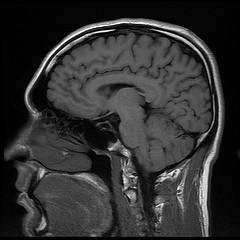Photo credit: Paul Burnett, Flickr
The adolescent brain is also known to be extra-sensitive to dopamine, meaning that the reward systems associated with drug addictions are in overdrive. These changes cause teenagers to minimize negative effects and over-inflate the positive aspects of choices that appeal to their thrill-seeking sides.
Over the past decade, the United States Supreme Court has consistently held that juveniles should be treated differently than adults. In 2005, the court ruled in Roper v. Simmons that the death penalty was unconstitutional when applied to juveniles under 18. The defendant was supported by an amicus brief filed by a number of medical associations, citing research that was new at the time.
Other state and local efforts to reform the way we think about sentencing juveniles in general are underway. In North Carolina, chief District Court judge Marcia Morey has initiated a program that would send certain 16- or 17-year old defendants to an individually-tailored rehabilitation program instead of jail. In 2013, Georgia passed a revised Children’s Code to support providing juveniles with treatment options to prevent recidivism. These approaches to rehabilitating rather than punishing juvenile offenders recognize that adolescence can be a time to focus on a child’s potential.
http://www.childtrends.org/how-brain-science-is-changing-juvenile-justice-sentencing/




Comments (0)